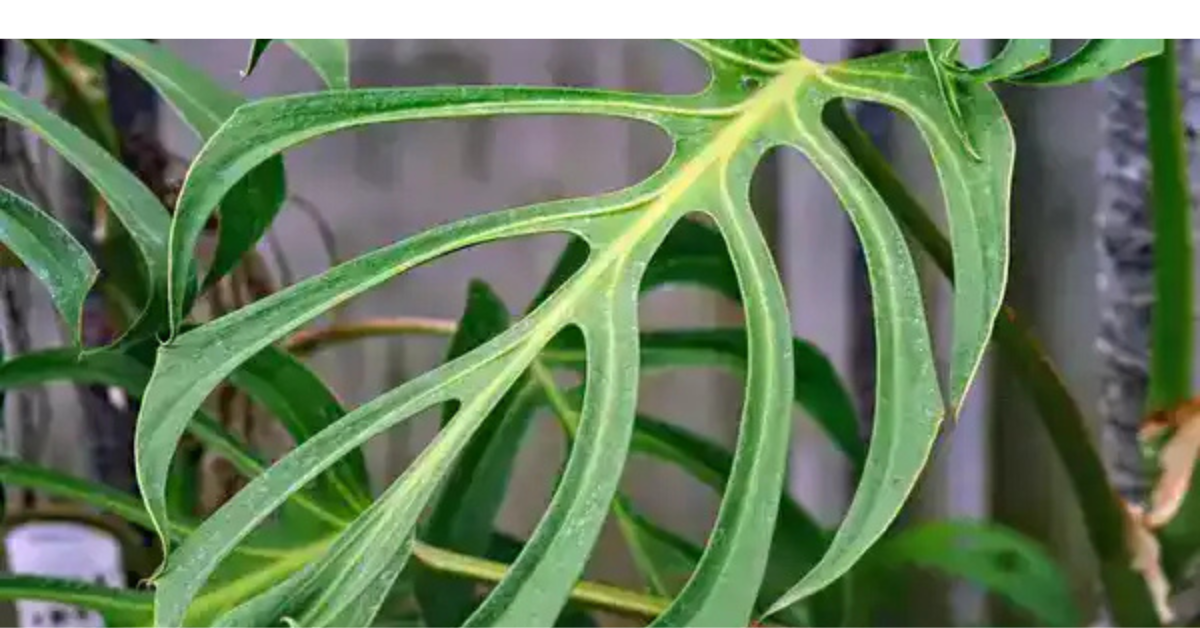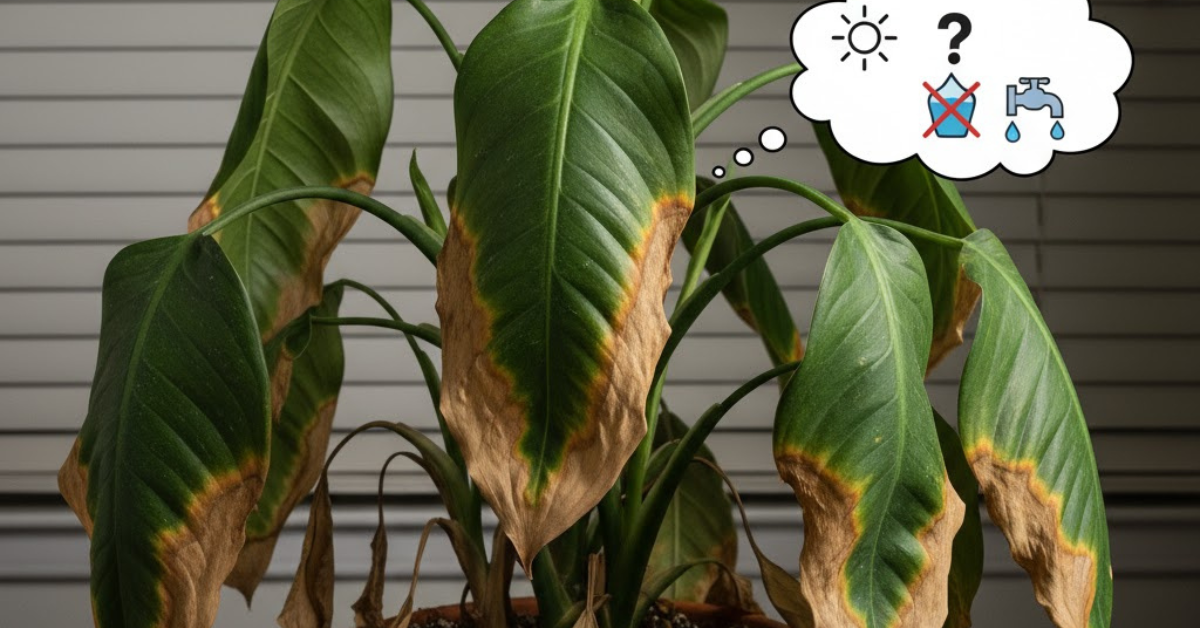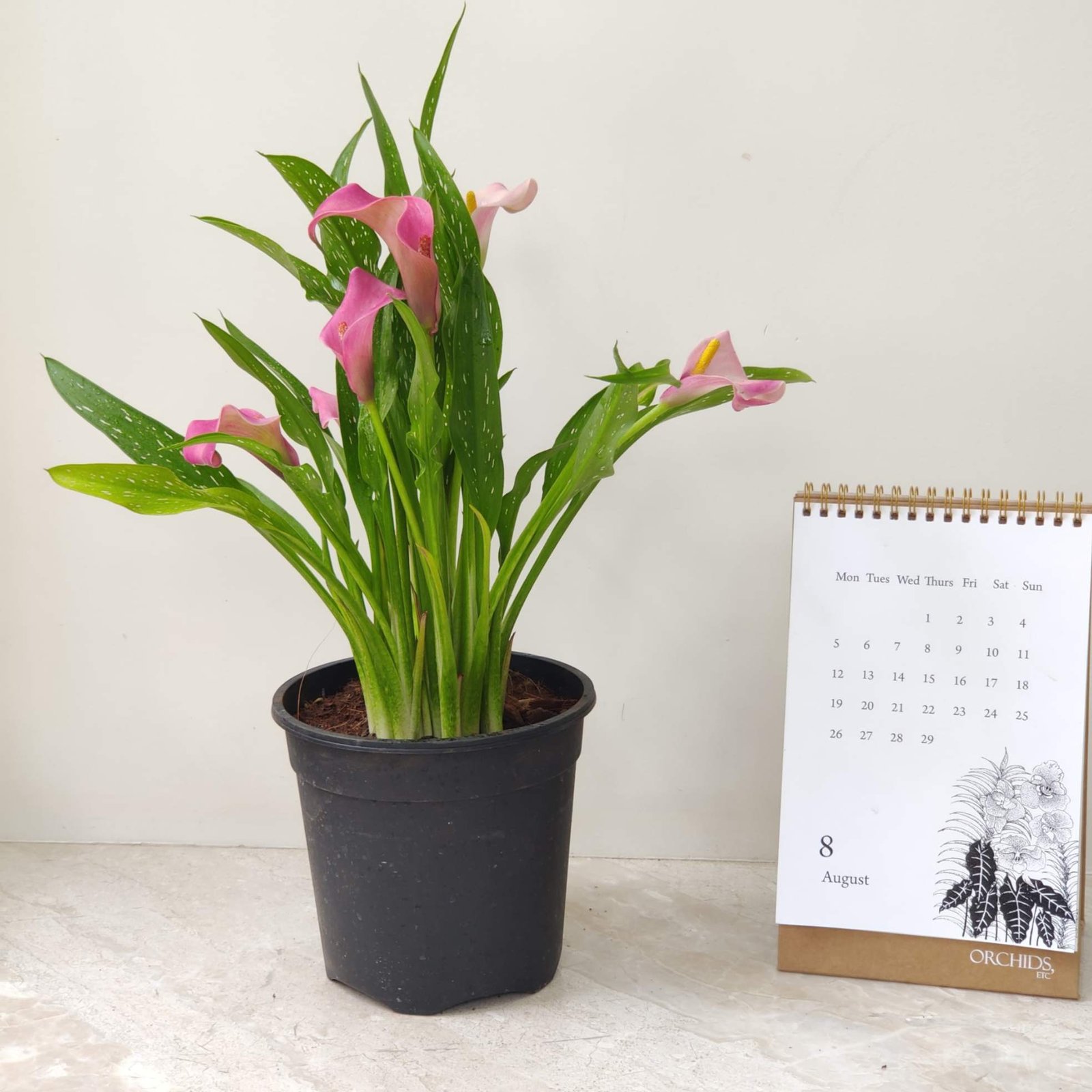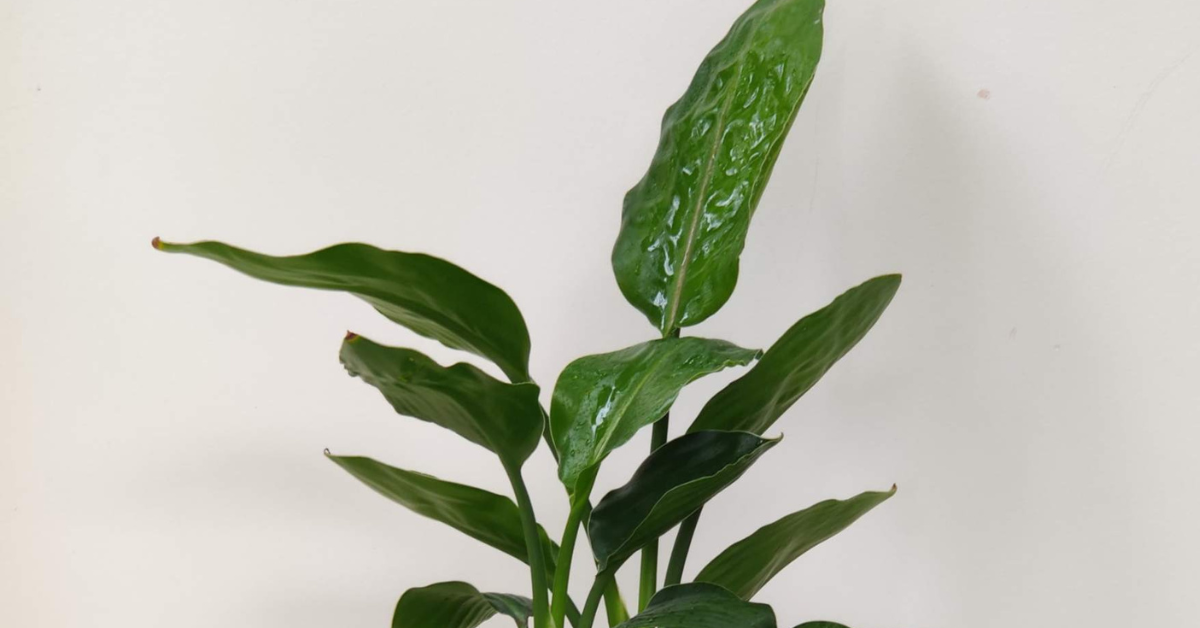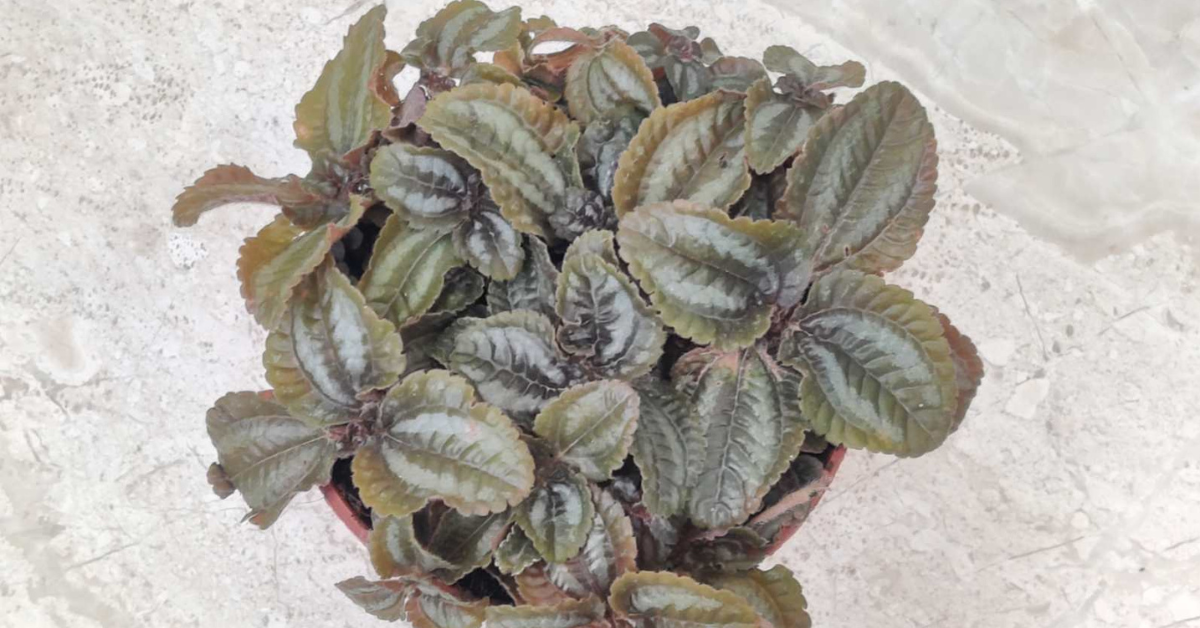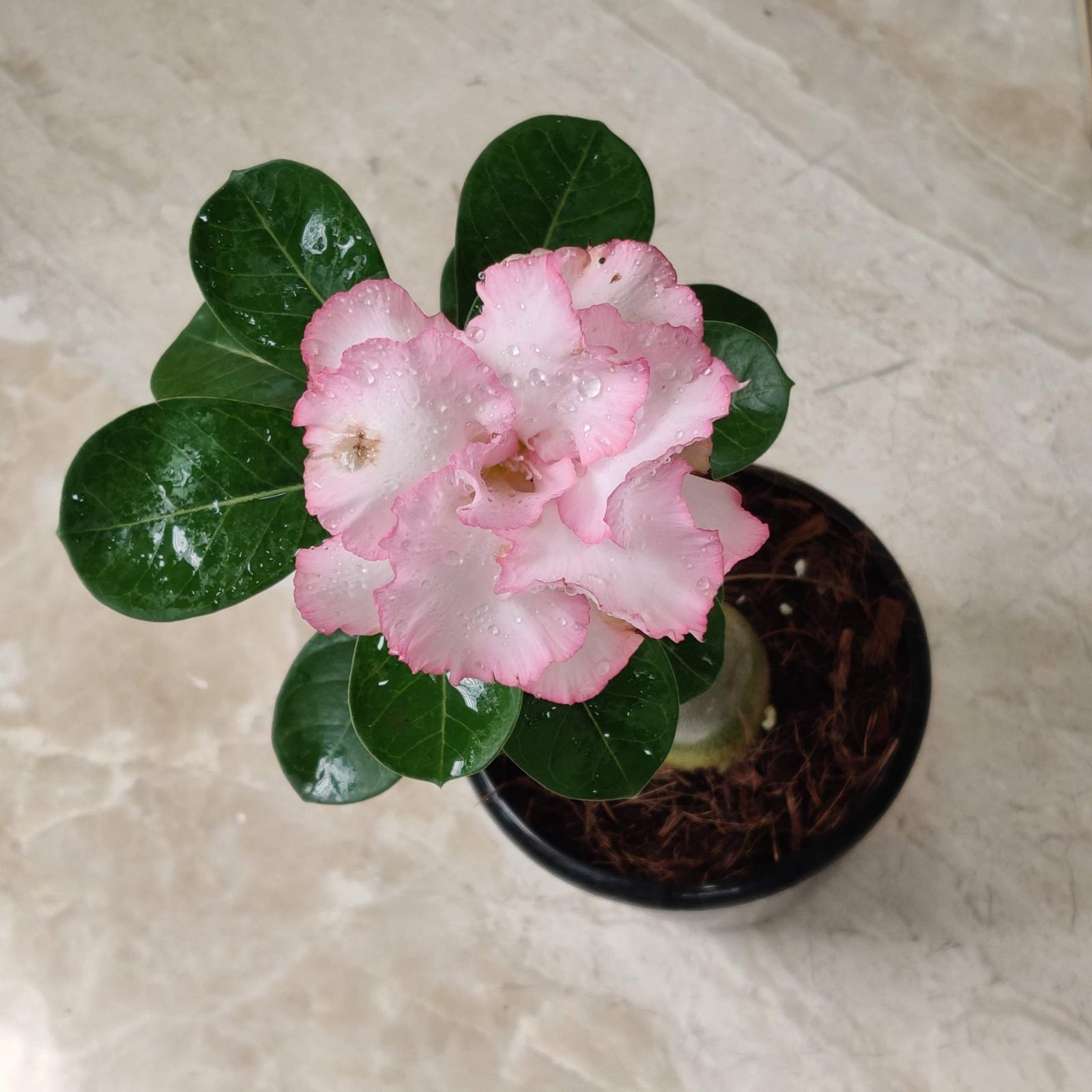
The Aglaonema Pictum Tricolor, also known as the Camouflage Plant, is a highly sought-after houseplant due to its striking three-toned variegation. Native to the subtropical regions of Asia, this plant belongs to the Araceae family and is a prized member of the Chinese evergreen group. If you’re lucky enough to find one, caring for it properly ensures it thrives indoors.
Botanical Name: Aglaonema pictum tricolor
Common Name: Camouflage plant
Family: Araceae
Plant Type: Perennial, shrub
Mature Size: 2 ft. tall (indoors)
Sun Exposure: Partial
Soil Type: Moist but well-draining
Soil pH: Acidic
Native Area: Asia
Toxicity: Toxic to pets
What Makes Aglaonema Pictum Tricolor Unique?
The Aglaonema Pictum Tricolor is instantly recognizable by its camouflage-like leaf pattern, featuring three shades of green. Unlike the Aglaonema Pictum Bicolor, which has only two shades, the Tricolor variety stands out for its intricate and eye-catching foliage. It typically grows up to 2 feet tall indoors and is considered a slow grower.
While it may not flower frequently indoors, its striking foliage makes it a top choice for plant collectors and enthusiasts alike.
Benefits of Aglaonema Pictum Tricolor
1. Air Purification
The Aglaonema Pictum Tricolor acts as a natural air purifier, removing harmful toxins like formaldehyde and benzene from the air. This improves indoor air quality, making it a great addition to homes and offices.
2. Symbol of Luck and Prosperity
In Feng Shui, Aglaonema plants are believed to bring good luck, wealth, and success. Many plant enthusiasts keep them at home or in workplaces to attract positive energy and prosperity.
3. Enhances Home Decor
With its vibrant, tricolor foliage, this plant adds an element of elegance and sophistication to any space. Whether placed in a living room, office, or bedroom, its unique camouflage pattern makes it an eye-catching decor piece.
4. Low Maintenance & Easy Care
This plant is perfect for beginner gardeners and busy plant lovers. It thrives in low to bright indirect light, requires minimal watering, and adapts well to indoor environments, making it an easy-care houseplant.
5. Reduces Stress & Boosts Mood
Having indoor plants like Aglaonema Pictum Tricolor helps create a calming atmosphere, reducing stress and anxiety. Its lush, vibrant leaves promote a peaceful and relaxing environment at home and work.
6. Brings Positive Energy
With its bold colors and unique patterns, this plant is believed to uplift the energy of any room. It adds a refreshing and lively touch to indoor spaces, making the environment feel more cheerful and welcoming.
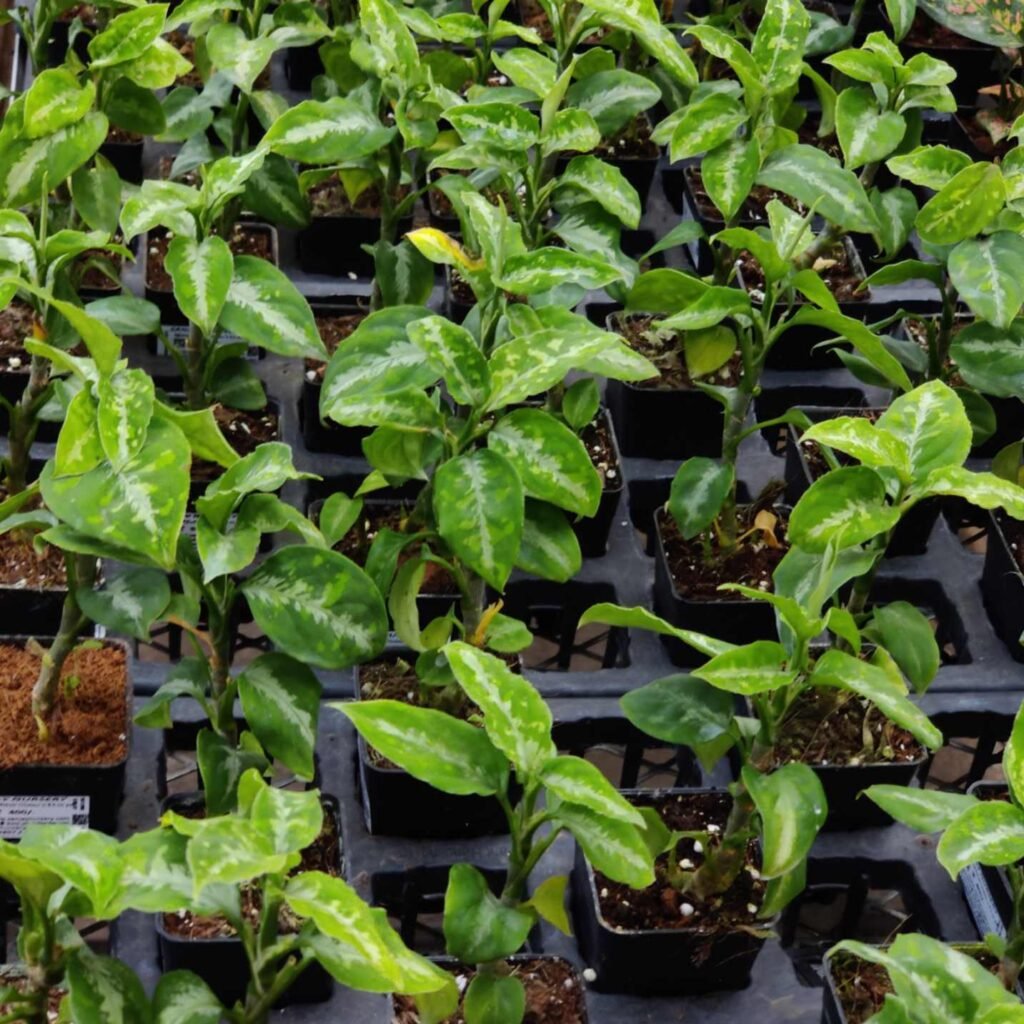
How to Care for Aglaonema Pictum Tricolor
1. Light Requirements
- Prefers bright, indirect light for optimal growth.
- Avoid direct sunlight, as it can scorch the leaves.
- Can tolerate low light conditions, but growth may slow.
2. Ideal Soil Mix
- Requires moist but well-draining soil to prevent root rot.
- A mix of potting soil, perlite, and orchid bark works best.
- Adding coconut coir can improve moisture retention without making the soil soggy.
3. Watering Schedule
- Keep the soil evenly moist but not soggy.
- Water when the top inch of soil dries out.
- Ensure the pot has drainage holes to prevent excess water retention.
- Use filtered or distilled water, as tap water can cause leaf browning.
4. Temperature and Humidity Needs
- Thrives in warm temperatures (above 60°F or 16°C).
- Prefers high humidity levels (above 65%).
- If the air is dry, use a humidifier or place the plant in a bathroom or greenhouse cabinet.
5. Fertilizing Routine
- Feed with a diluted liquid houseplant fertilizer every two weeks during spring and summer.
- Stop fertilizing in fall and winter when growth slows.
6. Propagation Methods
- Can be propagated by division or stem cuttings.
- Division: Carefully separate offshoots with roots and repot them.
- Stem cuttings: Cut a stem with 3-4 nodes, place in water, and transfer to soil once roots develop.
Common Problems and Solutions
1. Yellowing Leaves
- Cause: Overwatering, underwatering, or poor lighting.
- Solution: Adjust watering frequency and ensure the plant is in bright, indirect light.
2. Brown Leaf Tips
- Cause: Low humidity or tap water chemicals.
- Solution: Increase humidity and use filtered or distilled water.
3. Drooping Leaves
- Cause: Underwatering.
- Solution: Water thoroughly and allow excess to drain.
4. Pest Infestation
- Common pests: Mealybugs, aphids, and spider mites.
- Solution: Wipe leaves with neem oil or use a gentle insecticidal soap.
Final Thoughts
The Aglaonema Pictum Tricolor is a true collector’s plant, boasting rare and stunning foliage. By providing it with the right conditions—bright, indirect light, well-draining soil, consistent watering, and high humidity—you can enjoy its beauty for years to come.
Looking for a unique, eye-catching indoor plant? The Aglaonema Pictum Tricolor is an excellent choice for plant enthusiasts who appreciate rare foliage and low-maintenance care.
For more indoor plant care tips and buying guides, stay connected with us!
FAQ
1. Is Aglaonema Pictum Tricolor hard to care for?
No, it is relatively easy to care for as long as its light, water, and humidity needs are met.
2. Can Aglaonema Pictum Tricolor grow in low light?
Yes, but growth will be slower, and its vibrant variegation may fade.
3. Is this plant toxic to pets?
Yes, all Aglaonema varieties are toxic to cats and dogs if ingested.
4. How often should I repot my Aglaonema Pictum Tricolor?
Only every 2-3 years, or when the roots outgrow the pot.
5. Why are the leaves curling?
Curling leaves can indicate underwatering, low humidity, or too much direct light.
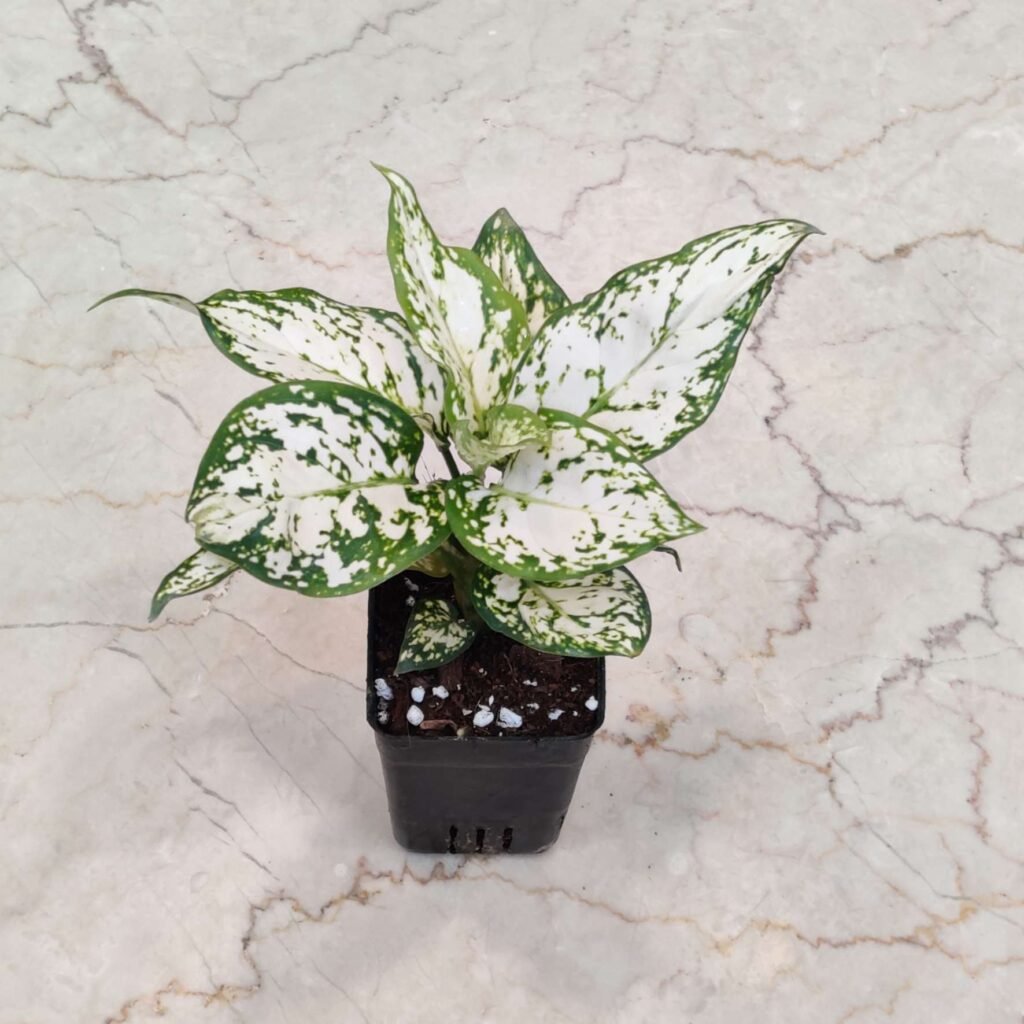

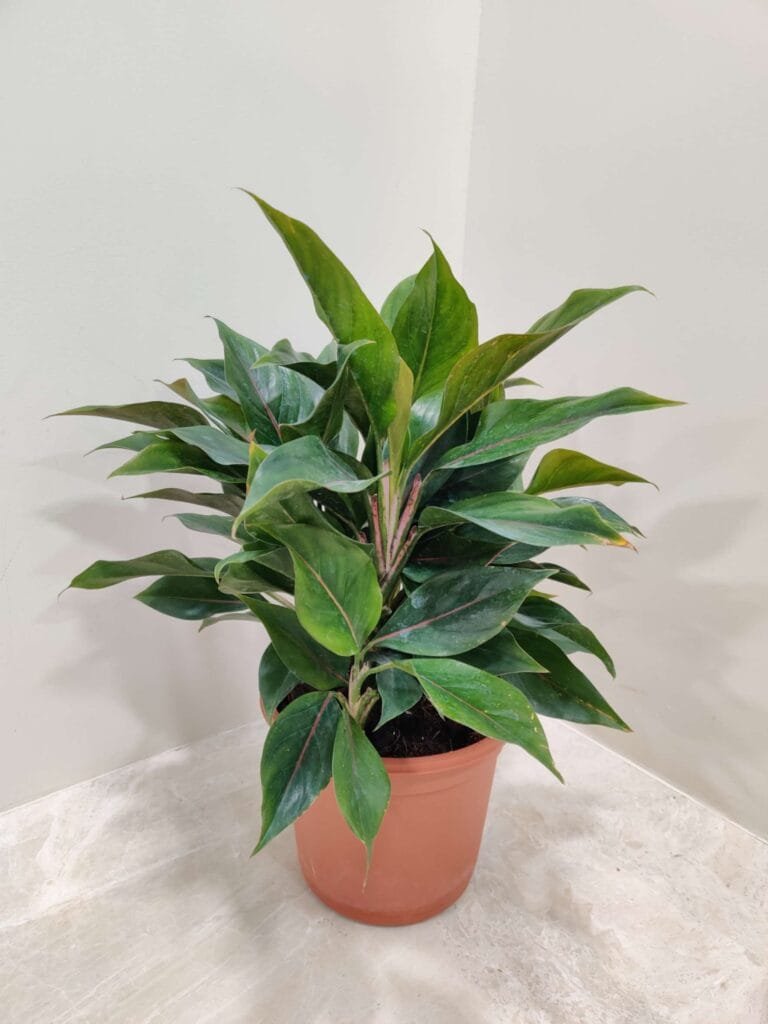
The Monstera Burle Marx Flame isn’t just another houseplant—it’s a living piece of art. With
Are your indoor plants looking sad lately? If you’ve noticed your Dieffenbachia plant drooping or
Indoor plants are more than just decorative accents—they improve air quality, boost mood and productivity,

